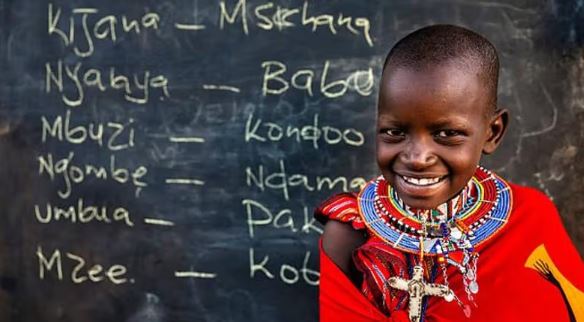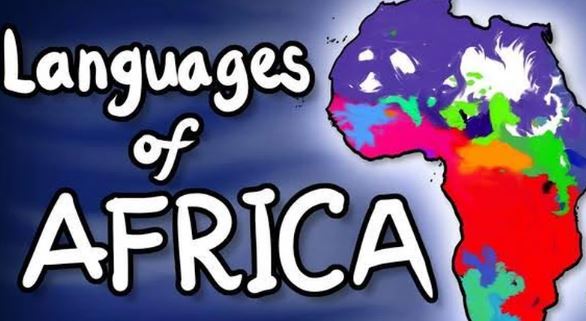Lifestyle
7 languages that are slowly dying out

Each language carries stories from the past, traditions, and unique ways of seeing the world. Sadly, many of these languages are fading away.
When a language dies, we lose a piece of human heritage. It’s like losing a precious book that no one else can ever read again.
Imagine if your own language started disappearing, and with it, the tales your grandparents told and the customs you cherish. It’s a sad thought, isn’t it?
Here, we’ll explore seven languages that are slowly dying out.
1. Chamicuro
Chamicuro is spoken in a small region of Peru. Fewer than ten people speak it fluently today. The younger generation prefers Spanish, leaving Chamicuro behind. Without new speakers, the language faces extinction. Efforts are being made to document it, but time is running out.
2. Dumi
Dumi hails from the hills of Nepal. Only a handful of elderly people still speak it. The rugged terrain has kept Dumi isolated, but modernisation is changing that. As young people move to cities for work, they adopt more common languages, and Dumi fades into the background.
3. Ongota
In Ethiopia, Ongota is spoken by a small tribe near the Omo River. Fewer than a dozen people speak it now. The community has started using a neighbouring language for daily communication. Ongota is at risk of vanishing as elders pass away without teaching it to the next generation.
4. Liki
Liki is found on a tiny island in Indonesia. Natural disasters and migration have reduced its speakers to a small number. The community blends with others, adopting different languages. Liki’s unique sounds and words may soon be lost if preservation steps aren’t taken.
5. Tanema
On the Solomon Islands, Tanema is almost silent. Only one known speaker remains. The language holds the island’s history and myths.
Without someone to pass it on, those stories might disappear forever. It’s a race against time to record Tanema before it’s too late.
6. Njerep
Njerep comes from Cameroon in Africa. With only a few elderly speakers left, the language is barely used. Younger members of the community speak more dominant languages. Njerep’s decline shows how smaller languages struggle to survive amid globalisation.
7. Chemehuevi
In the United States, Chemehuevi is an indigenous language once spoken by tribes in California and Arizona. Efforts to revive it are ongoing, but speakers are scarce. The language represents a rich Native American heritage that’s at risk of being forgotten.










